Growth Investing: Definition, Origin, Identification, Example, Pros & Cons
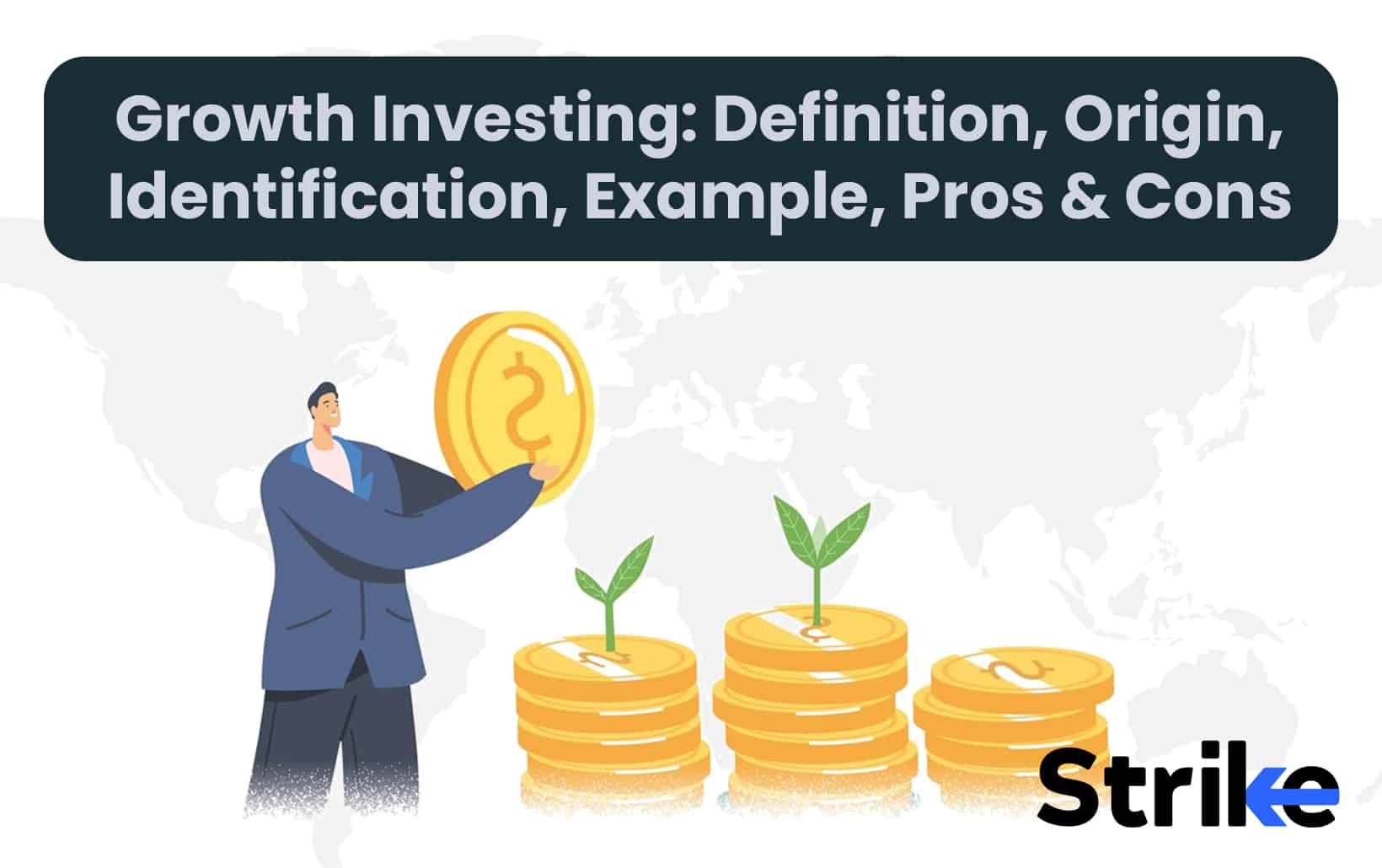
Growth investing is an investment strategy that emphasizes capital appreciation. Growth investing involves investing in stocks that are predicted to grow substantially in the long term. Growth investors are individuals who invest in companies that demonstrate above-average growth, regardless of whether the share price appears expensive in terms of metrics such as price-to-earnings or price-to-book ratios.
Thomas Rowe Price, Jr., who is regarded as the founder of growth investing, is a well-known figure among growth investors. Price established the T. Rowe Price Growth Stock Fund in 1950, which was the inaugural mutual fund offered by his advisory firm, T. Rowe Price Associates.
The primary benefits of growth investing include improved long-term prospects, capital appreciation, and increased prospective returns.
An investment in growth stocks may be considered risky. The sole means by which an investor can generate income from their investment is through the eventual sale of their shares, as they do not generally distribute dividends.
What is Growth Investing?
Growth investing is a stock-buying strategy that seeks to capitalize on companies that expand at rates that exceed the industry or market average. Growth investors are individuals who invest in companies that demonstrate above-average growth, regardless of whether the share price appears expensive in terms of metrics such as price-to-earnings or price-to-book ratios.
What is Origin of Growth Investing?
The Origin of Growth Investing is traced back to the 1950s and the work of several pioneering investors.
| Period | Description |
| Early Influences (Pre-20th Century) | The Industrial Revolution spurs new companies and technologies. Investors likely sought high-growth opportunities. |
| 1930s & 1940s | Great Depression and recovery emphasize potential of innovative companies. Graham & Dodd acknowledge growth in ‘Security Analysis’ (1934). |
| 1950s | Rise of prominent growth investors: <br> – 1950: T. Rowe Price Growth Stock Fund (first growth-focused mutual fund). <br> – 1958: Philip Fisher’s ‘Common Stocks and Uncommon Profits’ outlines growth investing philosophy. |
| 1960s & 1970s | Post-war economic boom and technological advancements fuel growth stock frenzy. Overvaluation risks emerge. |
| 1973-1974 Oil Crisis & Stagflation | High inflation and economic uncertainty lead to a market correction, punishing overvalued growth stocks and favoring value investing. |
| 1990s | Rise of the internet fuels another growth stock boom. Many internet companies see high valuations despite lacking profits. |
| 2000: Dot-Com Crash | Internet bubble bursts, leading to significant losses for investors in unprofitable growth stocks. |
| 21st Century: Going Forward | Growth investing remains relevant with a more measured approach, balancing growth potential with financial health. |
Thomas Rowe Price Jr. is considered the father of growth investing. In 1950 he founded the T. Rowe Price Growth Stock Fund, one of the first mutual funds focused on growth stocks. Utilizing fundamental research to identify companies with the potential for above-average and sustainable earnings growth, the fund generated an average annual return of 15% for over 20 years. This demonstrated the potential of the growth investing strategy. Price’s focus on growth stocks contrasted with the value investing approach popularized by Benjamin Graham and David Dodd that looked for bargain stocks trading below intrinsic value.
Around the same time, Phil Fisher outlined his philosophy of growth investing in the 1958 book Common Stocks and Uncommon Profits. He stressed the importance of thoroughly researching growth companies, talking with management, suppliers, and others to gain insight into the company’s products, management, and culture. Fisher looked for innovative companies with strong management that were strategically poised to capitalize on growth opportunities in fertile industries.
The 1960s and 70s saw continued expansion and refinement of growth investing philosophies. The Fidelity Magellan Fund, managed by Peter Lynch, generated huge returns by combining growth and value strategies. This approach came to be known as growth at a reasonable price (GARP) investing.
The 1980s and 90s brought new technologies and industries to the forefront, creating ideal conditions for growth investors focused on emerging innovative companies. Microsoft, Intel, Apple, Cisco, and other tech giants provided phenomenal returns during this period. However, the dot-com bubble of the late 90s and subsequent crash also provided lessons about the dangers of overpaying for expected growth.
Who are the Popular Growth Investors?
Below is a list of the top current growth investors with details about their investments.
Cathie Wood

| Cathie Wood | ARK Invest | 2.66% | $12.7 Billion |
Cathie Wood is a growth investor most renowned for her substantial investments in small and large-cap stocks of companies that are involved in “disruptive innovation,” which encompasses a wide range of technology, including artificial intelligence, genome sequencing, robotics, renewable energy, and blockchain.
Michael Burry

| Investor | Investment Firm | Performance (last year) | Portfolio Value |
| Michael Burry | Scion Asset Management, LLC | -19.55% | $103 Million |
Michael Burry is a growth investor with a portfolio value of over $103 Million. Michael Burry’s top stock choice for 2024 is Alibaba Group Holding Limited. Since purchasing 50,000 shares of Alibaba Group Holding Limited in the third quarter of 2023, he has been steadily increasing his stake in the Chinese e-commerce behemoth.
Pat Dorsey

| Investor | Investment Firm | Performance (last year) | Portfolio Value |
| Pat Dorsey | Dorsey Asset Management LLC | 38.48% | $904 Million |
Pat Dorsey, the founder and CEO of Dorsey Asset Management LLC, is known for his growth-oriented investment approach. Pat Dorsey’s Dorsey Asset Management LLC performed well, with a 38.48% return last year, and a portfolio value of $904 million.
Terry Smith

| Investor | Investment Firm | Performance (last year) | Portfolio Value |
| Terry Smith | Fundsmith LLP | 14.91% | $25.3 Billion |
Terry Smith, the founder and CEO of Fundsmith LLP, is a renowned investor in the UK. Terry Smith is a vocal critic of the industry’s tendency to impose excessive fees that reduce long-term returns for investors and vehemently advocates for the reduction of investment fees. He argues that even apparent modest percentage-based fees can accumulate substantially over time, thereby impeding capital growth and diminishing profits.
Julian Robertson

| Investor | Investment Firm | Performance (last year) | Portfolio Value |
| Julian Robertson | Tiger Management | 18.50% | $3.15 Million |
Julian Hart Robertson Jr. was a philanthropist and hedge fund manager from the United States. In 1980, Robertson established Tiger Management, which was among the country’s first hedge funds. His strategy is founded on the following principles: a long-term investment horizon, portfolio diversification, a concentration on high-quality companies, and a willingness to deviate from the crowd. Additionally, he was recognized for his ability to profit from both rising and declining stock prices by taking both long and short positions.
The investors highlighted above – Cathie Wood, Michael Burry, Pat Dorsey, Terry Smith, and Julian Robertson – are renowned for their growth-oriented investment strategies, seeking out companies with disruptive innovations and strong growth potential. While their specific approaches may differ, they share a common focus on identifying and investing in companies poised for significant expansion, often in cutting-edge industries and technologies, with the aim of generating substantial returns for their portfolios.
How to Identify Growth Investing Stocks?
1. Strong Earnings Growth
Earnings growth is the annual rate of earnings growth that is the consequence of the investment of financial capital in the form of cash, inventory, fixed equipment, real property, and human resources (payroll).
Earnings growth plays a crucial role in identifying growth stocks. Companies that consistently post strong and accelerating earnings growth over an extended period are typically considered growth stocks. Robust earnings growth signifies a company’s ability to generate higher profits, which can fuel future investments, expansions, and shareholder value creation. However, earnings growth alone is not sufficient; it should be accompanied by sustainable revenue growth, expanding margins, and a competitive advantage. Investors typically seek growth stocks with the potential for above-average earnings growth rates, anticipating that these companies will outperform the broader market as their earnings continue to increase.
2. Revenue Growth
Revenue growth, which is typically calculated quarterly or annually, is the increase in a company’s total revenue or income over a specific period. However, it is also sometimes calculated on a monthly or weekly basis.
Revenue growth is a key indicator for identifying potential growth stocks. Companies that demonstrate consistent and substantial revenue growth over time are typically considered growth stocks. Strong revenue growth signifies increasing demand for the company’s products or services, which can translate into higher earnings and profitability. However, revenue growth alone is not sufficient; it should be accompanied by expanding profit margins and efficient cost management. Investors typically seek companies with double-digit revenue growth rates, as these firms have the potential to sustain their growth trajectory and outperform the broader market. Consistently high revenue growth can also signal a company’s competitive advantage and market dominance.
3. Profit Margins
Profit margin is a frequently employed metric that quantifies the extent to which a company or a specific business activity generates revenue. After subtracting all expenses, it represents the portion of a company’s sales revenue that is retained as a profit, expressed as a percentage.
Profit margin is another crucial factor to consider when identifying growth stocks. A company with a high and expanding profit margin suggests operational efficiency, pricing power, and the ability to generate substantial earnings from its revenue. A strong profit margin indicates that a company can effectively control costs while scaling its operations, leading to greater profitability as revenue grows. Investors often favor companies with increasing profit margins over time, as it demonstrates their ability to improve profitability and generate higher returns on investment.
4. Return on Equity (ROE)
The return on equity (ROE) is a metric that quantifies the ratio of a company’s net income to the equity of its shareholders. ROE is a metric that assesses the profitability of a corporation and the efficiency with which it generates those profits. The more successful a company is at converting its equity financing into profits, the higher the ROE.
Investors often look for companies with a consistently high and rising ROE over time. A sustained high ROE suggests that the company has a competitive advantage, efficient operations, and a successful growth strategy that allows it to generate outsized returns on the capital invested by shareholders.
5. Future Growth Potential
Future growth potential is perhaps the most critical factor when evaluating growth stocks. While past performance indicators like revenue growth, earnings growth, profit margins, and return on equity are important, investors ultimately want to identify companies with the ability to sustain and potentially accelerate their growth trajectory in the future.
Evaluating future growth potential involves analyzing a company’s competitive positioning, market opportunities, innovation pipeline, management quality, and long-term growth strategies.
6. Competitive Advantage
Competitive advantage is a crucial factor to consider when evaluating growth stocks, as it plays a pivotal role in a company’s ability to sustain and expand its growth trajectory in the face of competition.
Companies with durable competitive advantages are better positioned to protect their market share, maintain pricing power, and generate sustainable profits, even in the face of intense competition. This, in turn, can support continued revenue growth, expanding profit margins, and higher returns on investment, making them attractive growth stock candidates.
7. Management Quality
Assessing management quality is crucial when identifying potential growth stocks because strong leadership plays a pivotal role in driving and sustaining a company’s growth trajectory. Investors should evaluate the management team’s track record by doing a thorough company analysis, strategic vision, capital allocation decisions, adaptability, industry expertise, and corporate governance practices.
A proven history of successful execution, a clear long-term vision for growth, effective capital allocation strategies, and the ability to navigate challenges are positive indicators of management quality. Companies with experienced, visionary, and execution-focused leadership teams are often better positioned to capitalize on growth opportunities, manage risks effectively, and deliver consistent performance over the long term.
Additionally, management incentives aligned with shareholder interests and a commitment to strong corporate governance practices can signal a focus on sustainable growth and value creation.
8. Price-to-Earnings (P/E) Ratio
Price to Earnings Ratio is the ratio of a stock’s share price to its earnings per share (EPS). One of the most widely used valuation metrics for equities is the price-earnings ratio (PE ratio). It indicates whether a stock is expensive or inexpensive at its current market price.
Investors often look for a combination of a reasonable P/E ratio relative to the company’s growth potential, as well as a consistent trend of earnings growth. This approach helps identify companies that are reasonably valued based on their current profitability while also offering the potential for future earnings and share price appreciation.
Investors often look for companies with higher P/E ratios compared to the broader market or industry averages. A higher P/E ratio can indicate that investors are willing to pay a premium for a company’s anticipated future growth prospects.
9. Price-to-Earnings Growth (PEG) Ratio
The PEG ratio is calculated by dividing a company’s Price/Earnings ratio by its earnings growth rate over a specified period of time, typically the next 1-3 years. The traditional P/E ratio is modified by the PEG ratio, which account for the anticipated growth rate in earnings per share in the future.
The true power of the PEG ratio lies in its ability to balance growth and valuation. While high-growth companies often trade at premium valuations, the PEG ratio helps identify those that offer compelling growth prospects without being excessively overvalued. Companies with consistently low PEG ratios over time may indicate a sustainable growth trajectory, as their earnings growth rates have consistently outpaced their valuation multiples.
Growth stocks investors often seek companies with a PEG ratio below 1 or lower than their industry peers or the broader market. This indicates that the stock’s price adequately reflects its expected earnings growth, offering an attractive entry point for investors seeking exposure to companies with strong growth prospects.
10. Industry Leadership
Companies that have distinguished themselves from their competitors are considered industry leaders. They are adept at delivering high-quality products and services to their clients, and they are innovative and adaptable. It is quite challenging to become an industry executive, and the process commences with an extremely active involvement in one’s organization.
Companies that have distinguished themselves from their competitors and become industry leaders often exhibit attractive qualities for growth investors seeking promising stocks. Industry leadership typically signals a company’s ability to consistently outperform its peers, which can translate into robust financial performance and compelling growth prospects. Carefully analyzing industry leaders across various sectors help investors identify companies with durable competitive advantages, innovative product pipelines, and resilient business models poised to capitalize on emerging trends. These qualities can position industry leaders as potential growth stocks, offering investors the opportunity to participate in their continued success and potential for long-term value creation.
11. Market Capitalization
The total value of a publicly traded company’s outstanding common shares owned by stockholders is known as market capitalization, or market cap. Market capitalization is calculated by multiplying the market price per common share by the number of common shares outstanding.
Market capitalization is another important factor to consider when evaluating industry leaders as potential growth stocks. Market cap refers to the total value of a company’s outstanding shares, and it is often used to categorize companies into different segments, such as large-cap, mid-cap, or small-cap.
Industry leaders tend to be large-cap companies, with substantial market capitalizations. Large-cap companies are generally well-established, financially stable, and have a proven track record of profitability and growth. They often have the resources and scale to invest in research and development, expand into new markets, and weather economic downturns more effectively than smaller companies.
12. Innovation and R&D
Research and development encompasses the innovative activities that corporations or governments engage in to enhance extant services or products and to develop new ones.
Research and development (R&D) is a crucial factor to consider when evaluating industry leaders as potential growth stocks. Companies that consistently invest in R&D are more likely to maintain their competitive edge, drive innovation, and fuel future growth.
R&D enables companies to develop new products, services, or technologies that can disrupt existing markets or create entirely new ones. This helps industry leaders stay ahead of the competition and meet evolving customer demands.
13. Economic Moat
Economic moats, which are frequently associated with investor Warren Buffett, are a term employed to denote a company’s competitive advantage. Similarly to how a moat safeguards a castle, specific advantages can be used to safeguard companies from their competitors.
Companies with strong economic moats can maintain their leadership position, charge premium prices, and generate consistent cash flows, enabling them to reinvest in growth initiatives, acquisitions, or shareholder returns. Investors seeking growth stocks should analyze industry leaders’ economic moats, as companies with wide and durable moats are better positioned to capitalize on growth opportunities, sustain above-average growth rates, and deliver superior long-term return
14. Insider and Institutional Ownership
Insider ownership refers to the percentage of a company’s shares owned by its executives, directors, and other insiders who have a deep understanding of the business and its growth prospects. Significant insider ownership can be a positive signal, as it aligns the interests of management with those of shareholders. Insiders with substantial skin in the game are more likely to make decisions that drive long-term value creation, rather than focusing on short-term gains. High insider ownership can also indicate management’s confidence in the company’s future growth potential.
Institutional ownership, on the other hand, represents the percentage of a company’s shares held by institutional investors such as mutual funds, pension funds, and hedge funds. Institutional investors typically have teams of professional analysts who conduct extensive research and due diligence before investing. A high level of institutional ownership in an industry leader can be seen as a vote of confidence from sophisticated investors who believe in the company’s growth prospects. Additionally, institutional investors often have the resources and influence to push for shareholder-friendly policies and effective corporate governance, which can support sustainable growth.
15. Market Trends
A market trend is any event that modifies the market in which your company operates. It is crucial to employ market trend analysis, which involves assessing changes in your market, in order to maintain a competitive edge.
Market trends reveal industries or sectors experiencing favorable tailwinds, such as renewable energy, cybersecurity, or e-commerce. These industries may benefit from secular trends like sustainability, digitalization, or changing consumer behavior. Industry leaders operating in fast-growing markets driven by strong tailwinds can present compelling growth opportunities for investors. Additionally, demographic shifts, such as an aging population or the rise of the middle class in emerging markets, can create new demand for products and services. Industry leaders that anticipate and cater to these demographic changes may experience significant growth potential.
Market trends highlight companies embracing and driving technological disruptions, such as artificial intelligence, blockchain, or the Internet of Things. These disruptive technologies have the potential to reshape industries and create new growth avenues. Industry leaders at the forefront of these technological advancements may gain a competitive edge and be well-positioned for future growth. Furthermore, regulatory and policy changes can impact entire industries, creating new opportunities or challenges. Industry leaders that proactively adapt to these changes and align their strategies accordingly may be better positioned to capitalize on emerging growth prospects.
16. Debt Levels
The debt level of a company is a metric that indicates the amount of debt that is currently outstanding. The debt ratio of a company is a metric that assesses its capacity to satisfy its liabilities through its assets. Divide the total debt of a company by its total assets and multiply the result by 100 to express it as a percentage. This is the debt ratio.
Investors should analyze a company’s debt levels in relation to its cash flows, assets, and overall capitalization structure. High debt levels relative to a company’s earnings and cash flows can be a red flag, as it may indicate an increased risk of financial distress or limit the company’s ability to invest in future growth opportunities.
On the other hand, industry leaders with manageable debt levels and strong cash flow generation may be better positioned to finance growth through a combination of internal resources and strategic borrowing. These companies can leverage debt responsibly to fund acquisitions, research and development, expansion into new markets, or other growth initiatives without compromising their financial stability.
It’s also important to consider the maturity profile and cost of a company’s debt. Industry leaders with well-laddered debt maturities and access to low-cost financing may have an advantage over competitors with higher borrowing costs or concentrated debt maturities.
While low or moderate debt levels are generally preferred, investors should evaluate debt in the context of the company’s overall financial strength, competitive position, and growth prospects. Some companies may strategically carry higher debt levels to pursue aggressive growth strategies, but their strong market position and cash flow generation capabilities can mitigate the associated risks.
What is an Example of Growth Investing?
Zomato is considered an example of growth stock in India. The food delivery industry is expanding rapidly, driven by changing consumer preferences and the convenience factor. Zomato, as a dominant player in the Indian food delivery market, is well-positioned to capture a significant portion of this industry’s growth potential. Its market leadership gives it a competitive advantage over rivals.
Zomato has been actively expanding its operations in international markets, providing a vast runway for future growth. Additionally, the company continuously invests in improving its platform and logistics capabilities, enhancing customer experience and operational efficiency. These efforts contribute to maintaining its competitive edge and driving future growth.
Furthermore, Zomato has pursued strategic acquisitions to strengthen its market position, expand its offerings, and enter new verticals. The company has currently turned profit, and investors are betting on its ability to leverage the growth opportunities in the rapidly evolving food delivery industry and eventually achieve profitability and sustainable growth.
Take a look at the growth of Zomato in the below chart in strike.Money
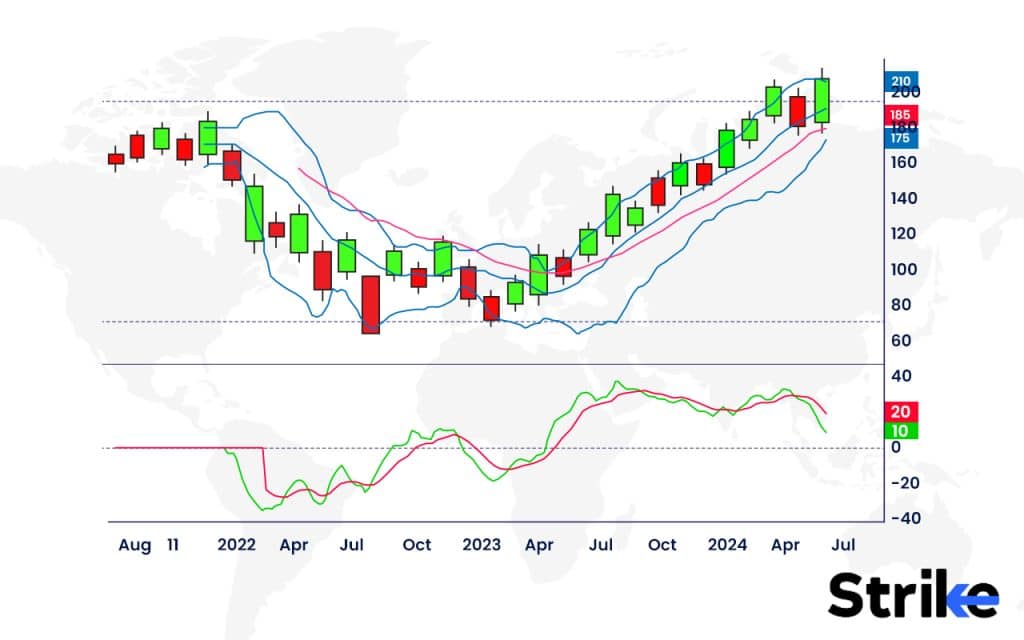
Here, you will be able to see that Zomato has seen substantial growth after a dip, cementing its tag as a growth stock. You will be able to see how the RMI is complementing the same below.
What are the Pros of Growth Investing?
The potential for higher share price returns is one of the primary advantages of investing in growth shares, provided that companies are able to achieve above-average earnings growth. Growth shares also tend to outperform during favorable economic conditions when investor confidence is high.
These equities are typically potential market leaders, and as a result, they generate consistent returns that result in higher earnings for shareholders.
Growth stocks typically do not necessitate a substantial capital investment, and investors have the flexibility to progressively increase their exposure to these stocks as they accumulate additional funds.
These companies generate a greater amount of revenue by exhibiting a higher expansion rate than the industry in which they operate.
Investments in growth equities can only yield profits over the long term. Long-term capital gains tax (LTCG) is applied to any capital gains generated during this period, which is significantly less severe than the short-term taxation policy. Additionally, the tax burden of individuals is further mitigated by the inclusion of an indexation provision.
Investors are able to generate real income on their total investments by virtue of the fact that the returns on the greatest growth stocks are significantly higher than the current inflation rate in an economy. In the long term, the purchasing power of individuals increases, resulting in a higher per capita income and an overall improvement in their standard of living.
What are the Cons of Growth Investing?
The primary risk associated with growth stocks is that the potential returns are sometimes surpassed by the potential risk. These types of equities are more susceptible to economic downturns and market fluctuations, which can result in increased risk and potential losses for investors during periods of instability.
Growth stocks with elevated valuations are frequently the first to be sold when investors become triggered. Investors must evaluate whether the current price of a stock is commensurate with its potential for growth.
Growth equities are classified as high-risk securities; therefore, they may not be suitable for investors with a low tolerance for risk. In the short term, growth equities generate negligible or no return.
Is Growth Investing Profitable?
Yes, growth investing is profitable if the company you pick shows substantial growth. Here, it is important to note that growth investors pick companies that are early in their business cycle, with a clear profit target in mind. The pay off happens if these companies meet or exceed their profit target, becoming successful in the future.
Is growth investing high risk?
Yes, growth investing is considered high risk since you are investing in companies that are yet to prove their full potential. These companies most often fall under the small or mid cap sector and the chances of failure are high compared to large cap stocks.
What’s the difference between Growth vs Value Investing?
Below are the main differences between Growth vs Value Investing.
| Feature | Growth Investing | Value Investing |
| Target | Young, early-stage companies with rapid growth | Older, established companies trading below intrinsic value |
| Goal | Capital appreciation | Steady stream of dividends |
| Valuation | Often expensive (high P/E and P/B ratios) | Undervalued (low P/E and P/B ratios) |
| Focus | Future growth potential | Current financial health |
| Risk | Higher risk due to potential for overvaluation | Lower risk, but may have lower growth potential |
| Recent Performance | Outperformed value investing in the last 25 years | Historically outperformed growth investing over the long term |
| Potential Drawbacks | Abrupt market shifts can cause values to fall | May miss out on high-growth opportunities |









 Previous Article
Previous Article

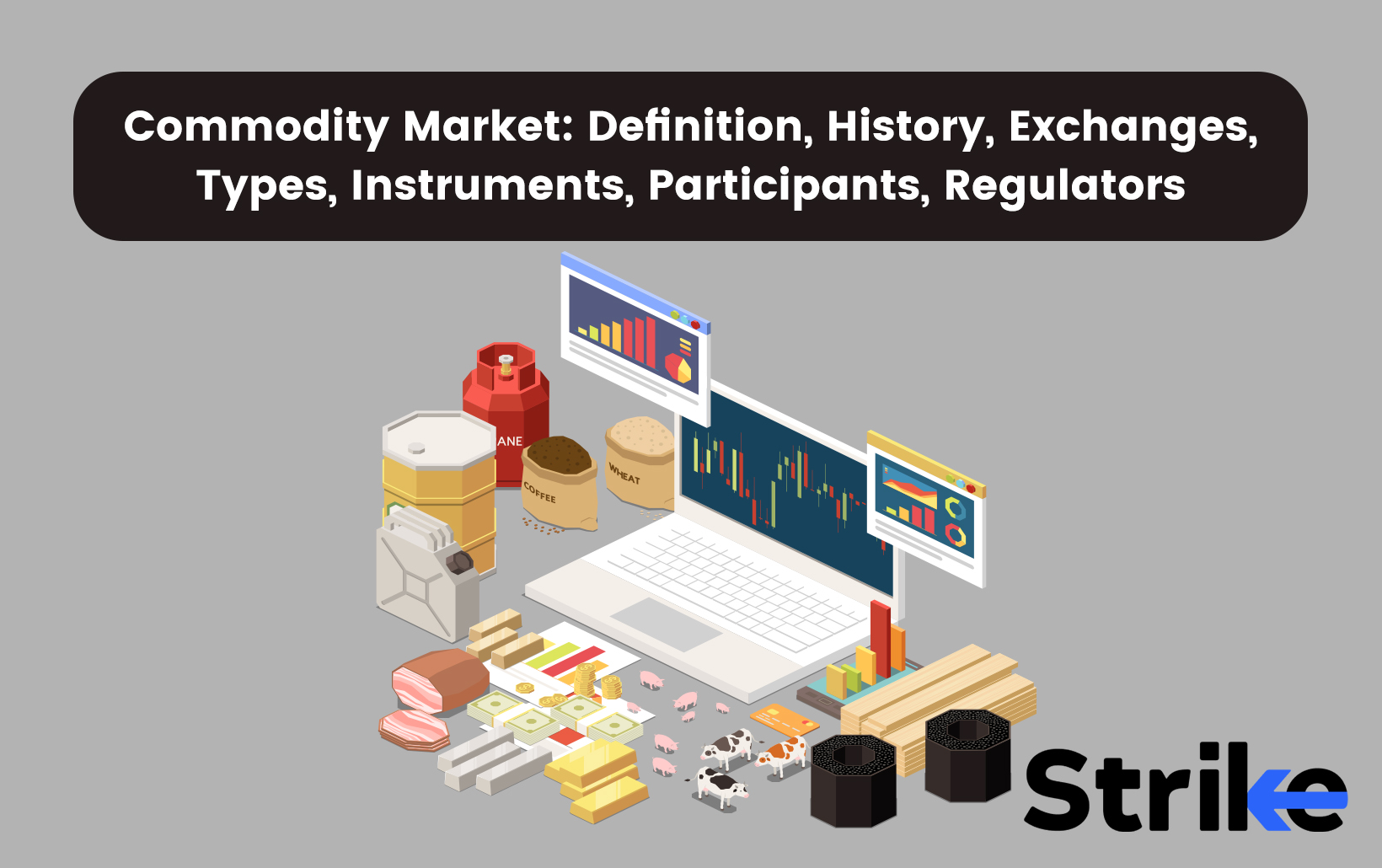
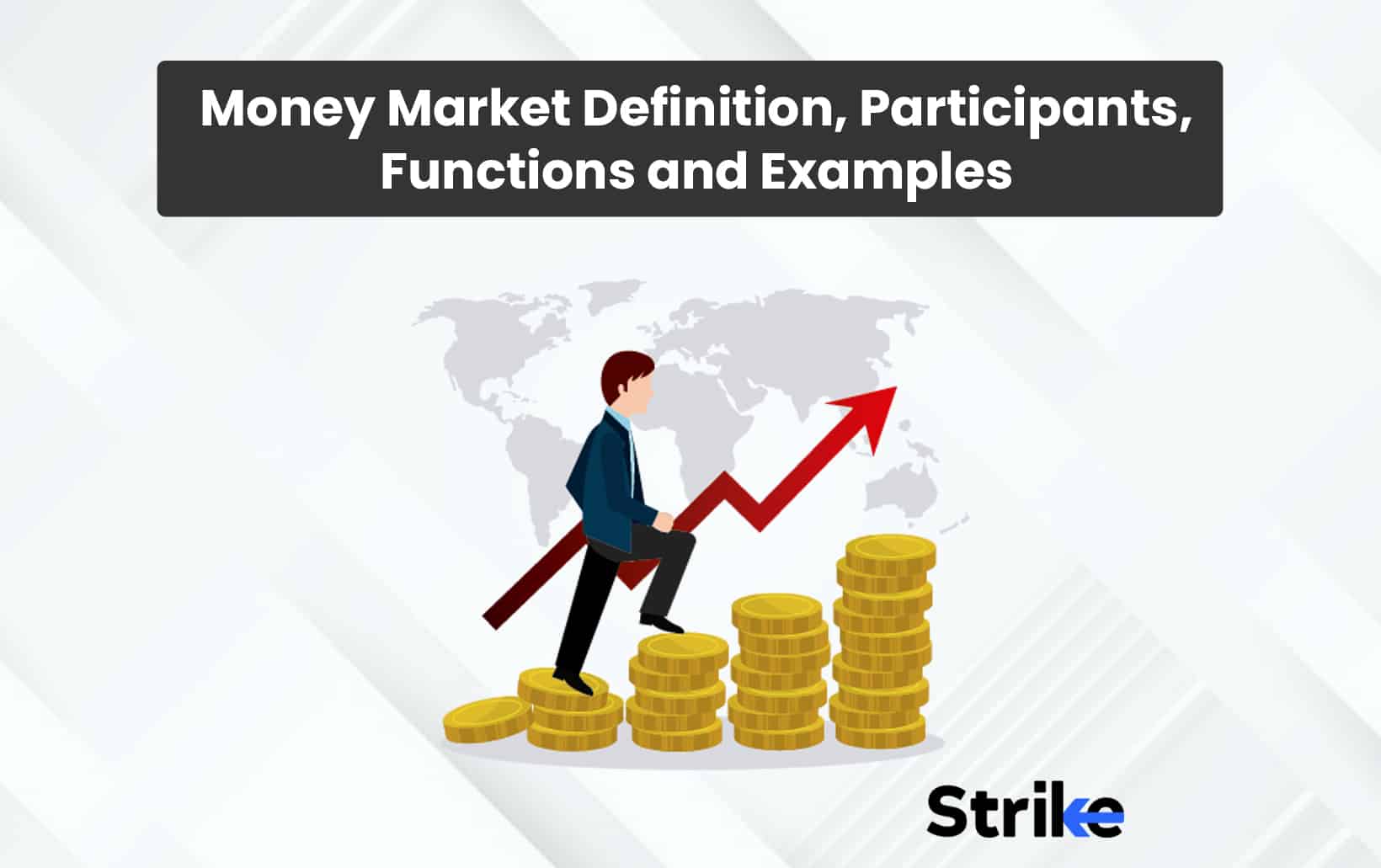
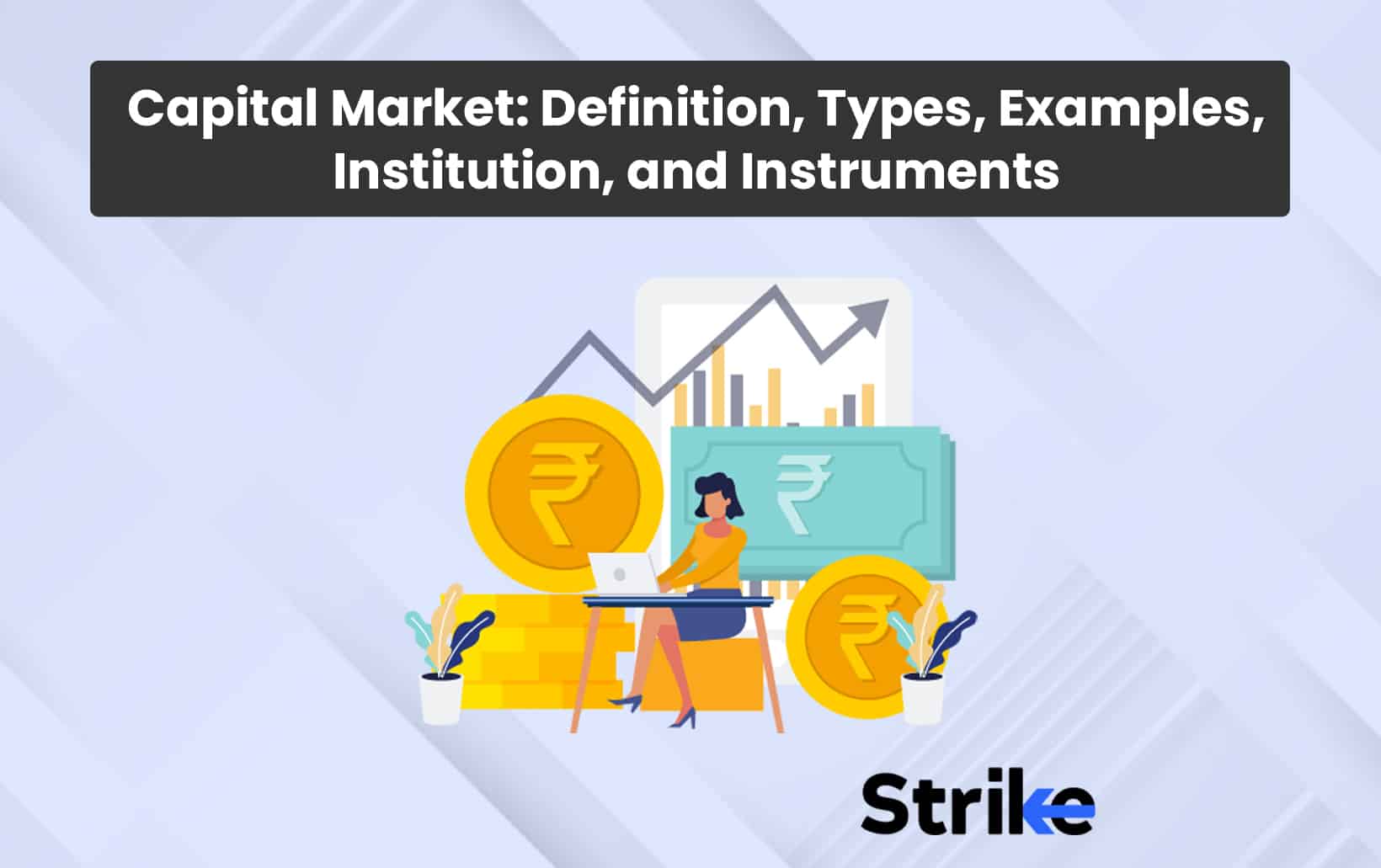
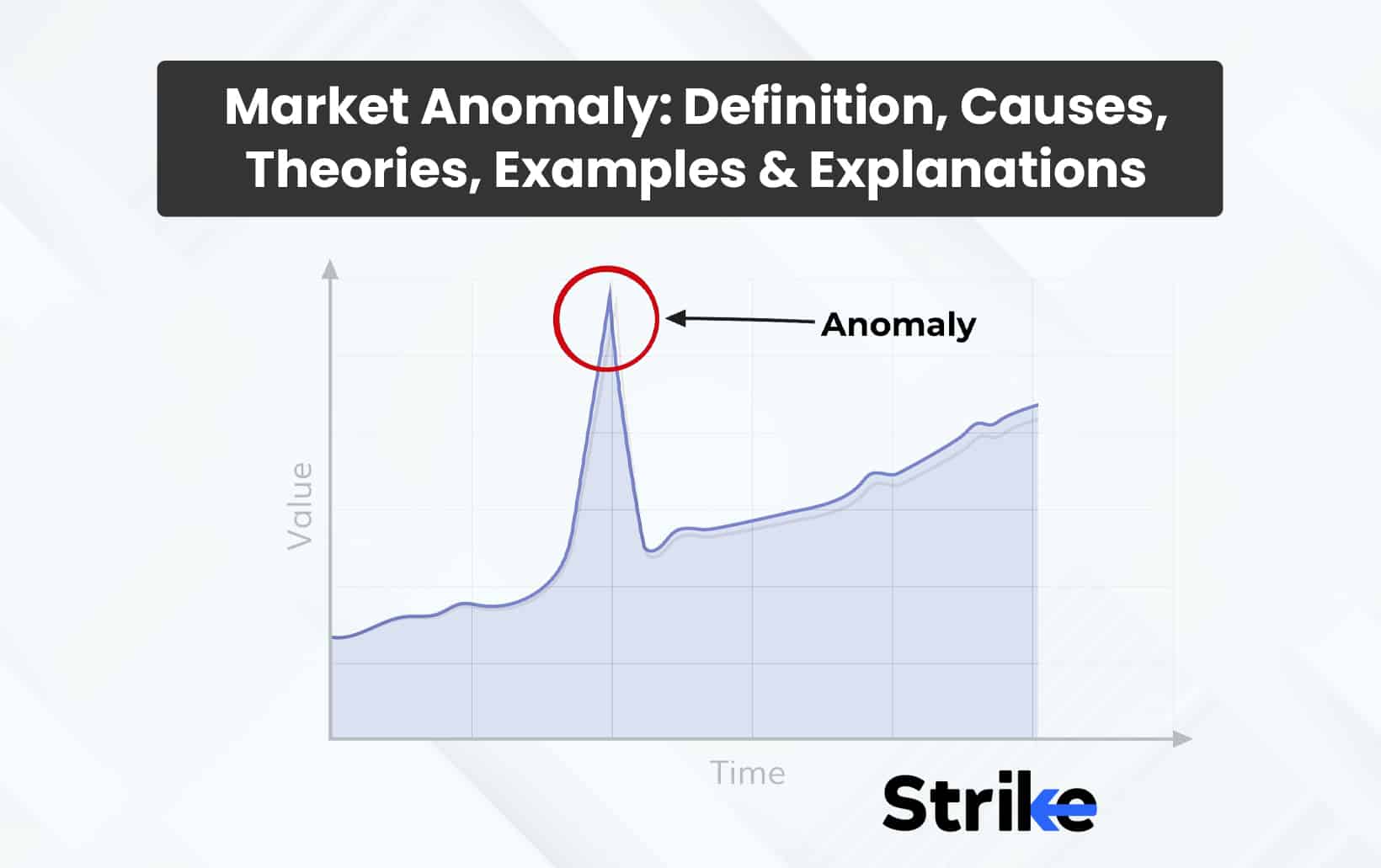

No Comments Yet